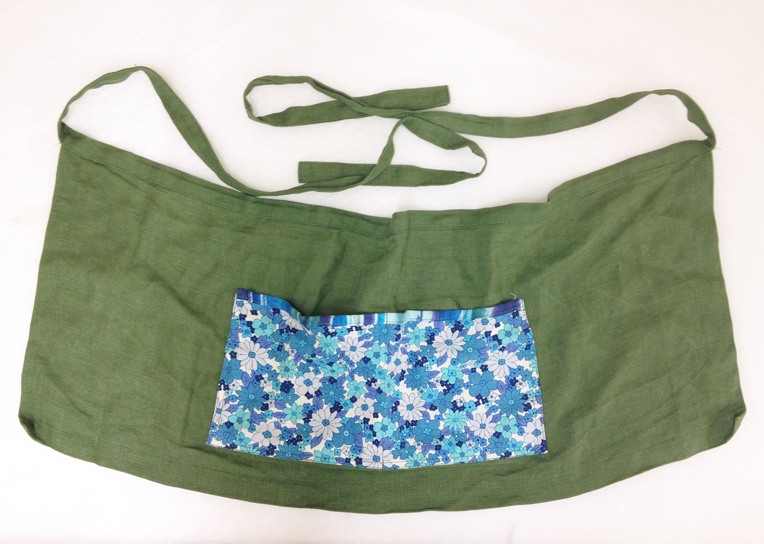As the last vestiges of Italian glamour are obscured by tissue and Tyvek, and packed away ready for the first venue of an American tour, I am reminded of the role that clothing plays in getting a job done.
At the V&A, the periods in which exhibitions are installed and then eventually taken down are characterised by increased activity. For several weeks, my colleagues in the Exhibitions department are to be seen only in motion, released from their desks and thrust into the galleries, complex lists and spread sheets in hand. But this is not the only sign of the transformation that is taking place – clothing in the department also changes.
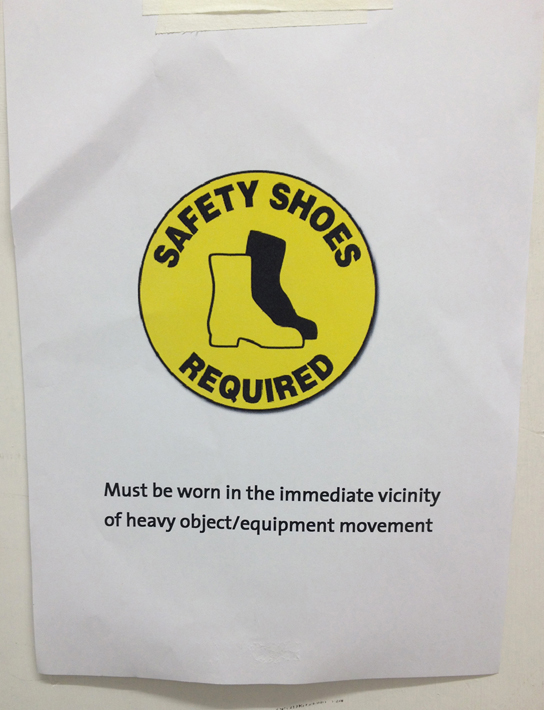
A particularly obvious example is the steel toe-capped boot. Frequently a source of grumbling, around wooden crates, heavy mannequins and loaded trolleys, their purpose is simple and their presence mandatory. However, for me, it is another quieter garment that signals the change-over from one exhibition to the next. It is the apron.
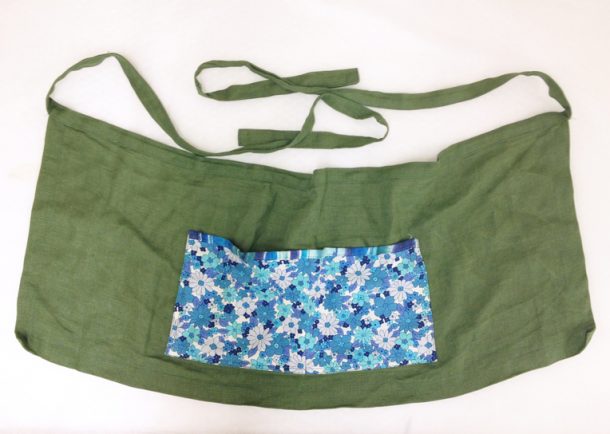
As someone who has spent a year focused on the design history of workwear, I have a soft spot for these aprons. The two pictured here have been worn by my colleagues over the past few weeks as they de-install the exhibition The Glamour of Italian Fashion 1945-2014. The apron above was made by many hands in a V&A ‘production-line’, including staff from Textile Conservation, Exhibitions and Technical Services departments. Inspiration came from aprons worn by museum staff in Japan, seen and admired by V&A couriers when they installed the touring exhibition Art Deco: 1910-1939. Several were then made and sold at the V&A last Christmas as part of a charity fundraiser.
The design above makes use of floral fabric purchased in California and trim bought in London, but it also includes recycled material. The green fabric came from a tapestry in the V&A’s collection – it is part of the non-original(!) lining that has been removed as part of conservation work taking place for the new Europe 1600-1800 galleries.
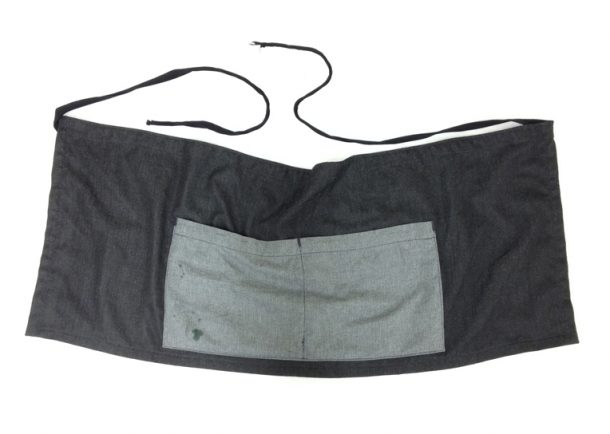
The central feature of these aprons is a large double pocket. They are a way of providing generous, practical, removable pockets, and for me, they call to mind women’s tie-on pockets of the seventeenth, eighteenth and nineteenth centuries. Given the inadequacy of pockets often provided in women’s clothing it is no surprise that in a department dominated by women the additional, roomy pockets that these aprons provide are particularly welcome.
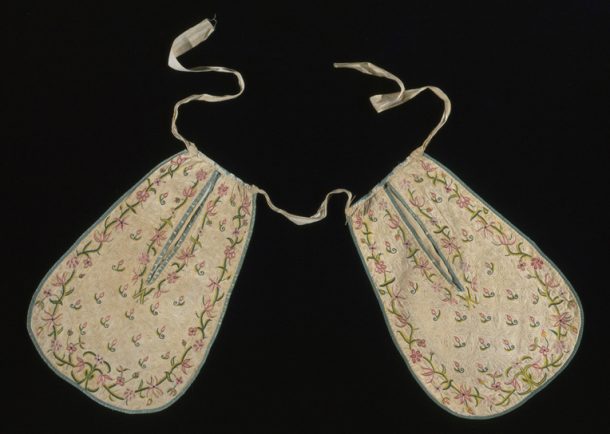
These aprons, made ‘in-house’, offer a simple solution to the challenges of working on the move: from gallery, to object store, to conservation studio, to loading bay, they go. In them you’re likely to find pens and pencils, tape-measures and phones, keys, lists, gloves. They may not be as glamorous as the Italian fashion that was on display, but in the V&A Exhibitions department these aprons are the tool-belts of the trade.
